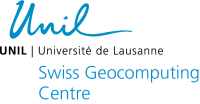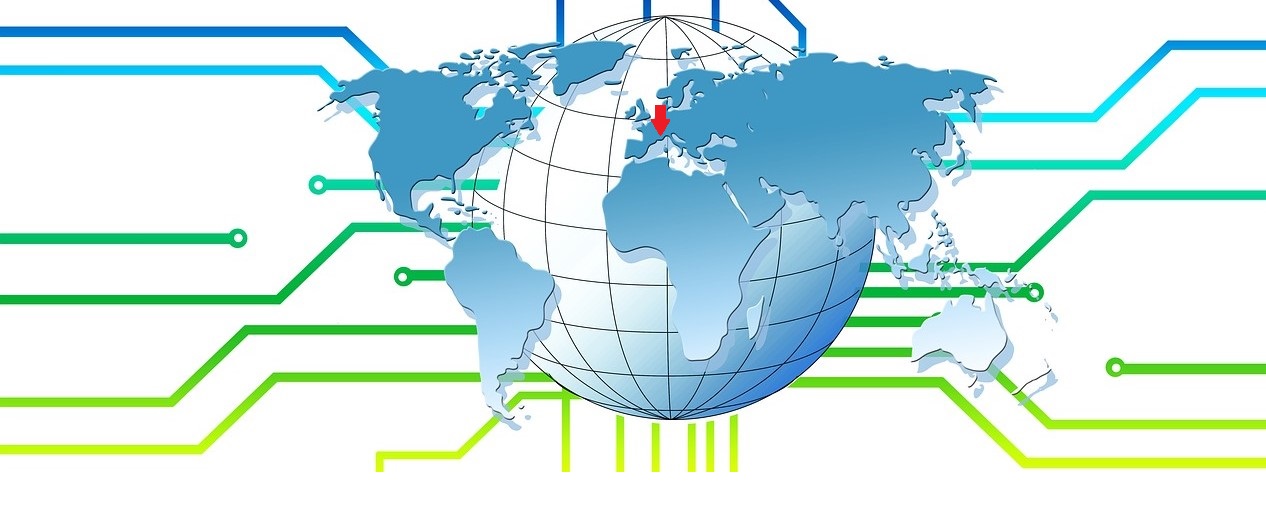Different research groups affiliated to the Faculty of Geosciences and Environment (UNIL) are very active in main domains of application involving geocomputation. Heads of these groups form the scientific committee of the Centre.
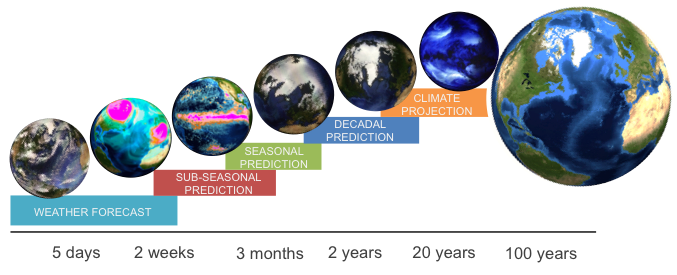
Atmospheric Processes lab focuses on weather and climate variability and predictability from local to global scales across timescales. We investigate atmospheric processes in the tropics, midlatitudes, and polar regions of both hemispheres, as well as the coupling between the lower and upper atmosphere, and the coupling of the atmosphere with the ocean, land, and cryospheric surface. In particular, we investigate dynamical processes in the atmosphere and their predictability on daily to seasonal timescales, as well as changes under a changing climate.

CITADYNE is a group of researchers interested and curious about all topics on cities, world dynamics, scientific methods and visualizations. The research projects address the urban dynamics and transitions with the approaches of Multi-level Urban complex systems and Evolutionary Economic Geography. The mobilized methods are statistics, agent based models, text mining and machine learning. The group is coordinate by Prof. Celine Rozenblat in the Institute of Geography and Sustainability of the Faculty of Geoscience – University of Lausanne.
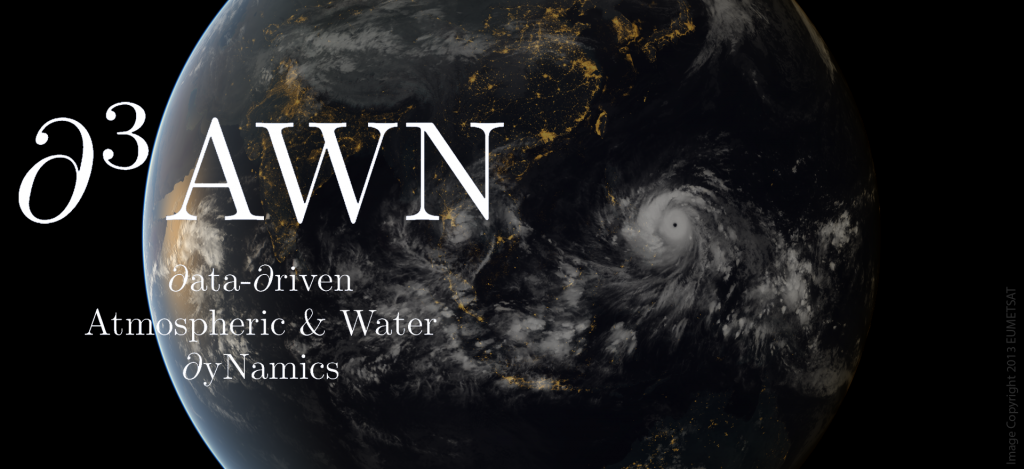
The Data-Driven Atmospheric & Water Dynamics lab works at the intersection of atmospherics physics and machine learning to improve our understanding of atmospheric dynamics and assist weather & climate predictions. For that purpose, they combine physical theory, computational science, statistics, numerical simulations, and observational analyses. Committed to interdisciplinary research, they welcome all collaborations in the broad field of environmental data science.
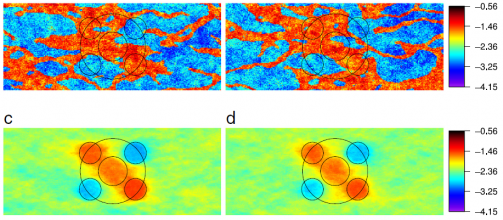
Geostatistical Algorithms & Image Analysis lab works on the development of stochastic methods that characterize the spatial and temporal variability inherent to natural systems, in particular related to the water cycle. We use numerical techniques using high-order, nonparametric statistics. These allow us to analyze complex datasets such as remote sensing data or the outputs of complex models (climate models or flow/transport models). The work pursued is at the frontier between Earth modeling and computer science, with a strong emphasis on stochastic models, training images and example-based modeling.
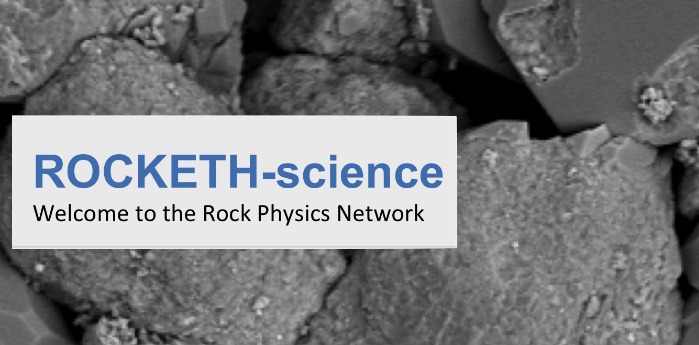
Rock Physics network is an interdisciplinary and international group of researchers combining expertise in numerical modeling, lab-measurements, field-investigations, and statistics to better understand the physical properties of fully or partially fluid-saturated porous and fractured media. It was founded 2011 at ETH Zurich. Now we are located in Germany, Switzerland, Austria, Iran, UK and the US.
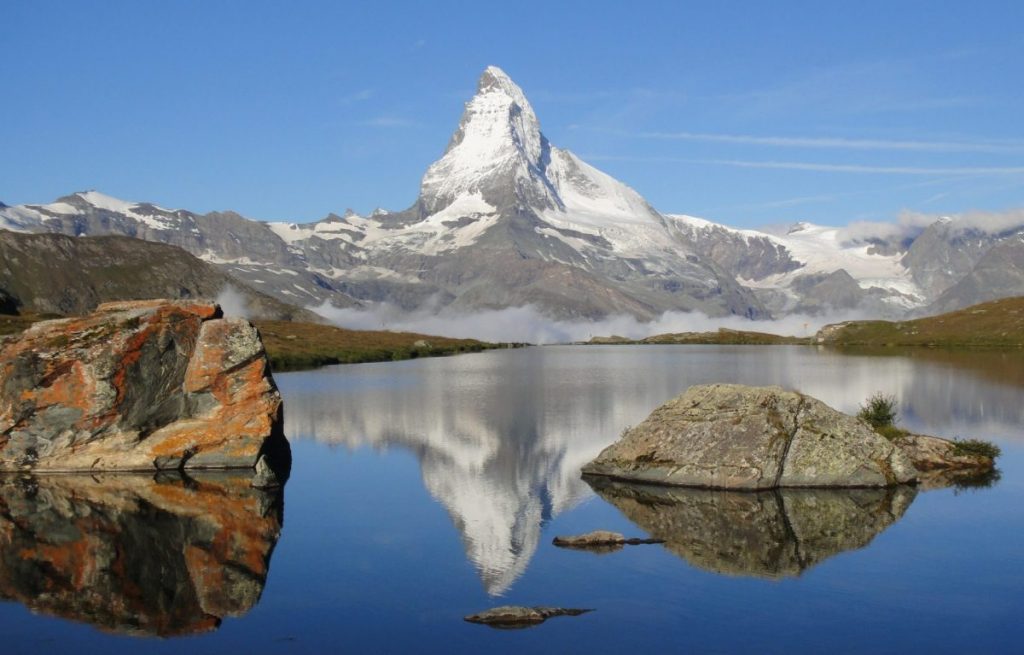
Tectonics and Geodynamics lab investigates geodynamic processes over the whole range of geological scales and studies the structures that form during rock deformation. Particularly, the researchers study the formation of mountains, which are great expressions of the interplay between the solid earth, hydrosphere, biosphere and atmosphere. Understanding mountain building is of particular interest in Switzerland, whose population is concentrated between two mountain ranges, the Alps and the Jura.
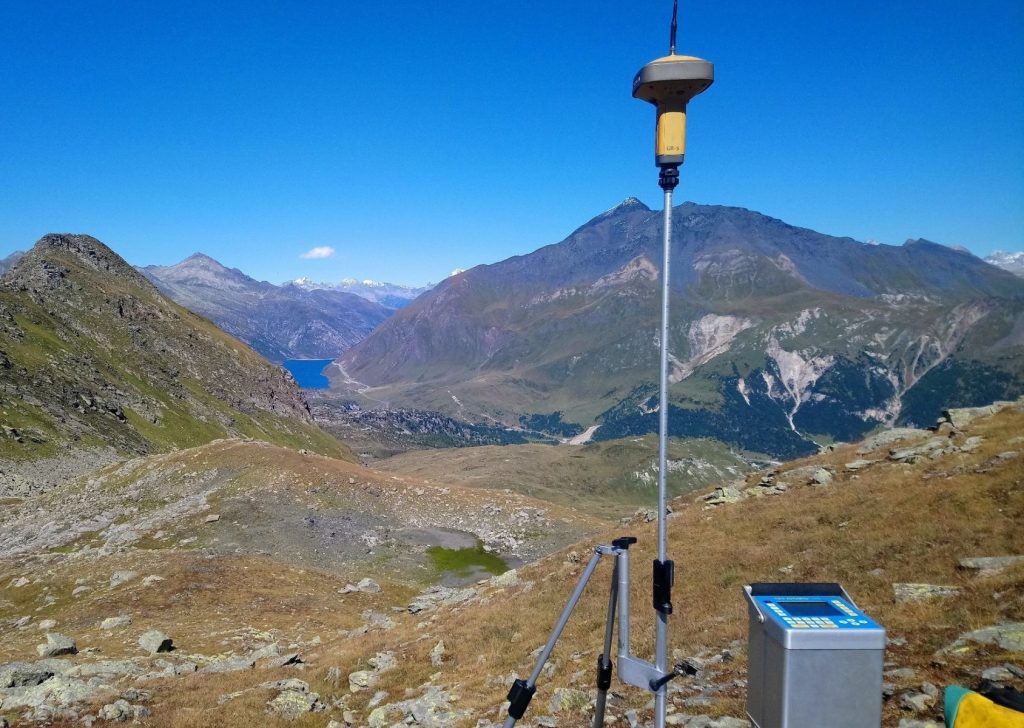
OROG3NY focuses on geophysical investigations of mountain belts and surrounding region, especially on structures of the crust and the lithosphere, as well as on constraining orogenic processes. Beyond field experiments, mainly the deployment of seismological networks and targeted gravimetric surveys, the group is also active in educational seismology in Nepal and Switzerland. There is an emphasis on working across scales, both in time, for example on the seismic cycle, and in space, such as scientific driling.
